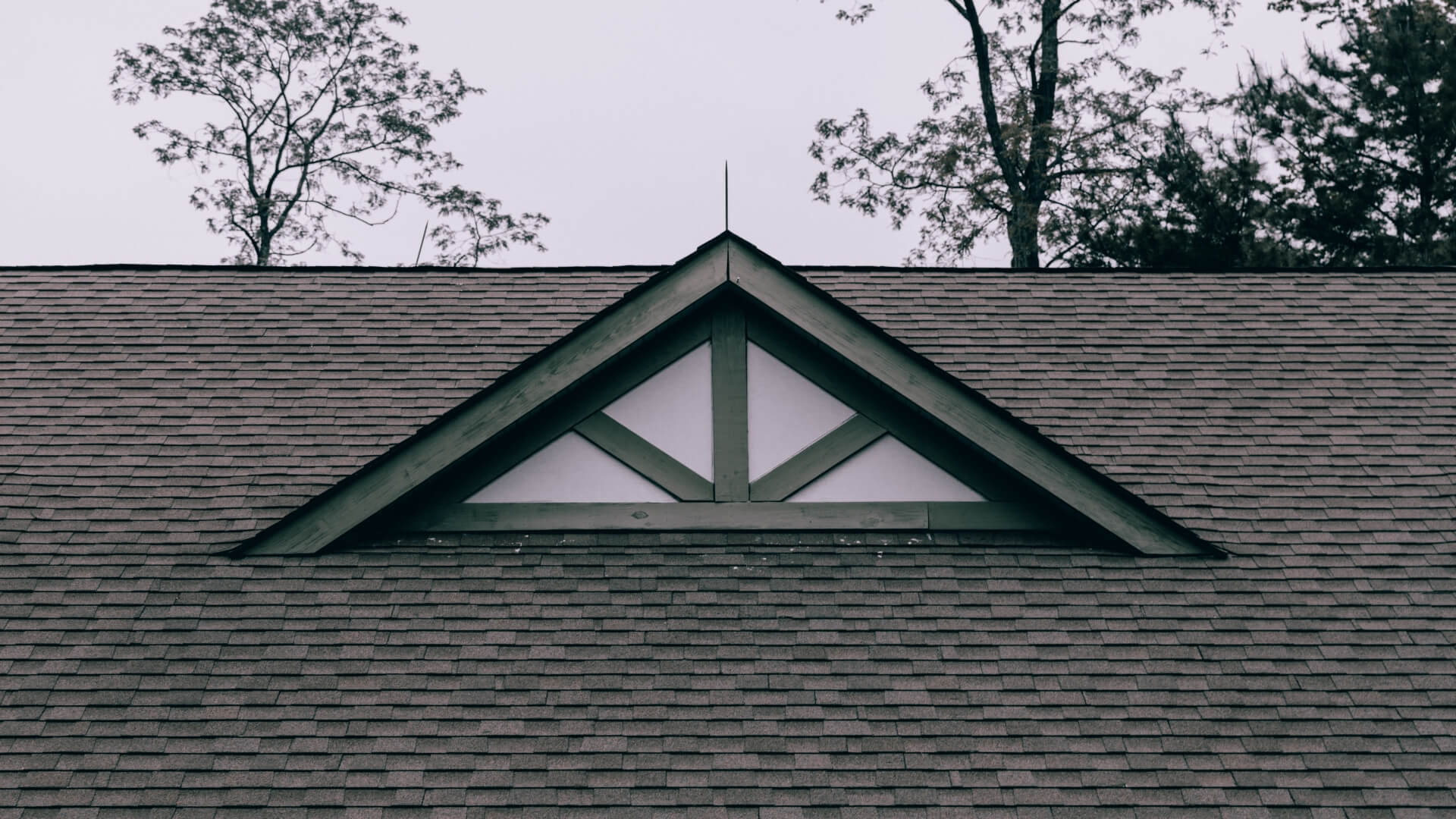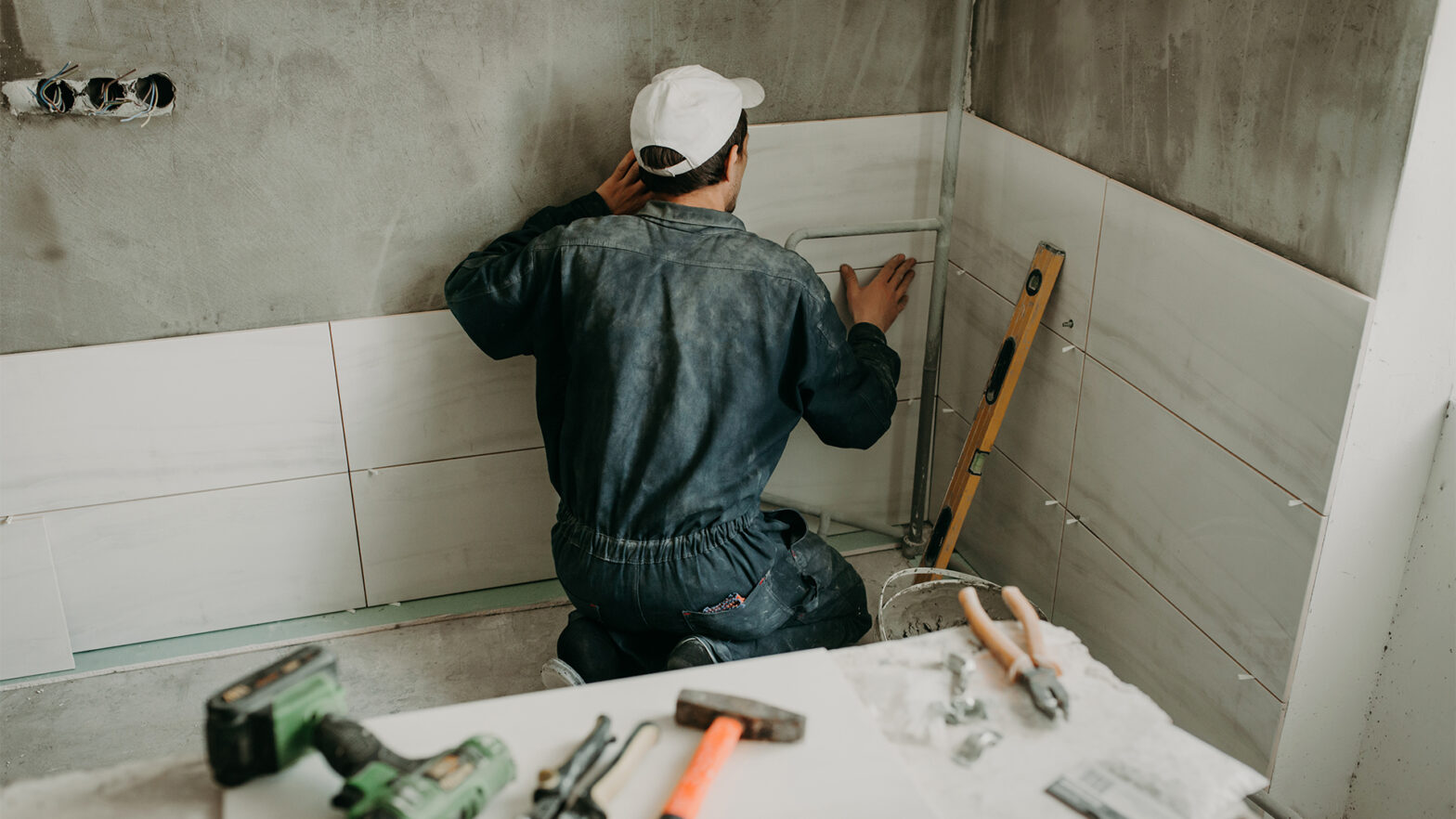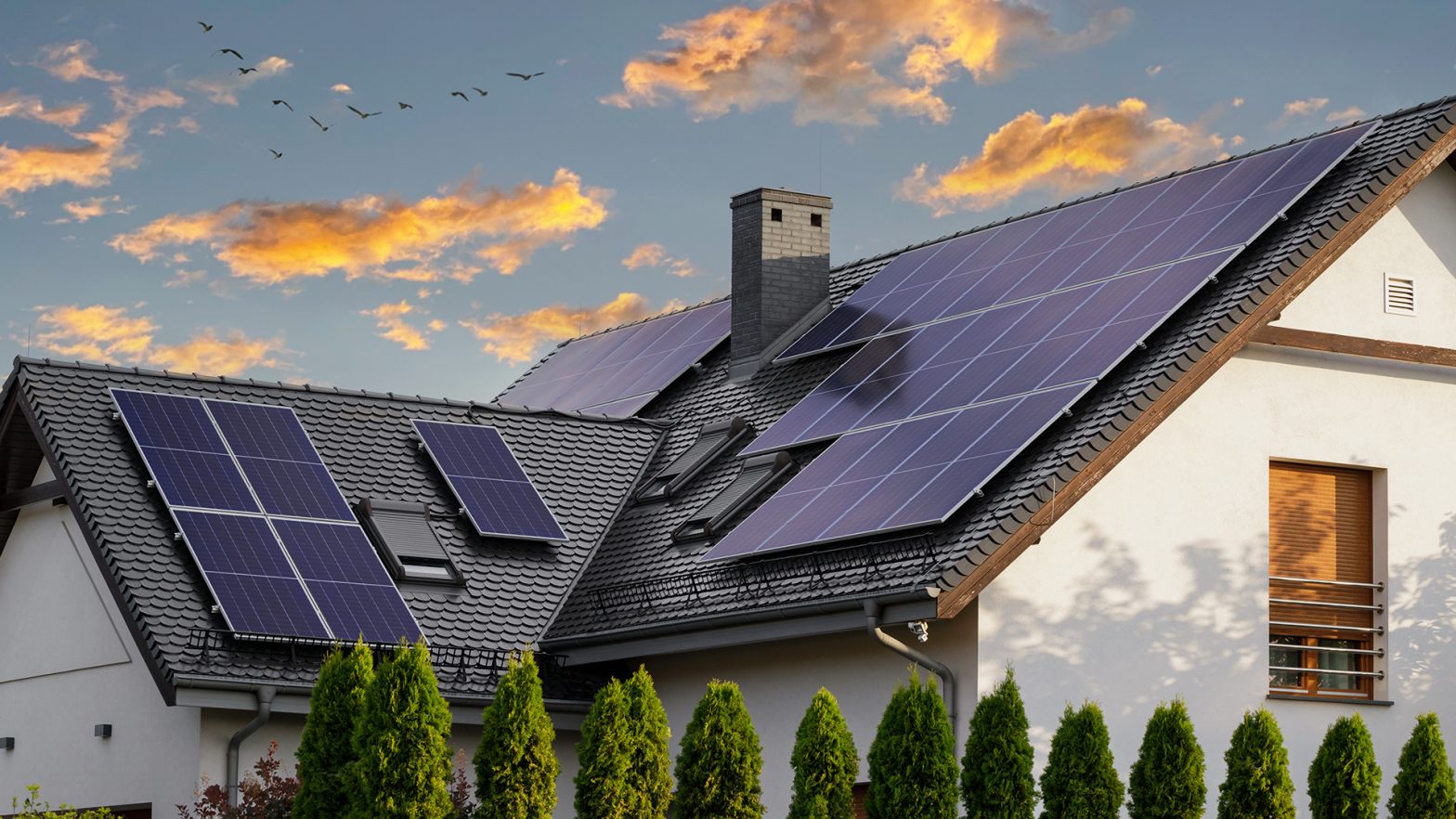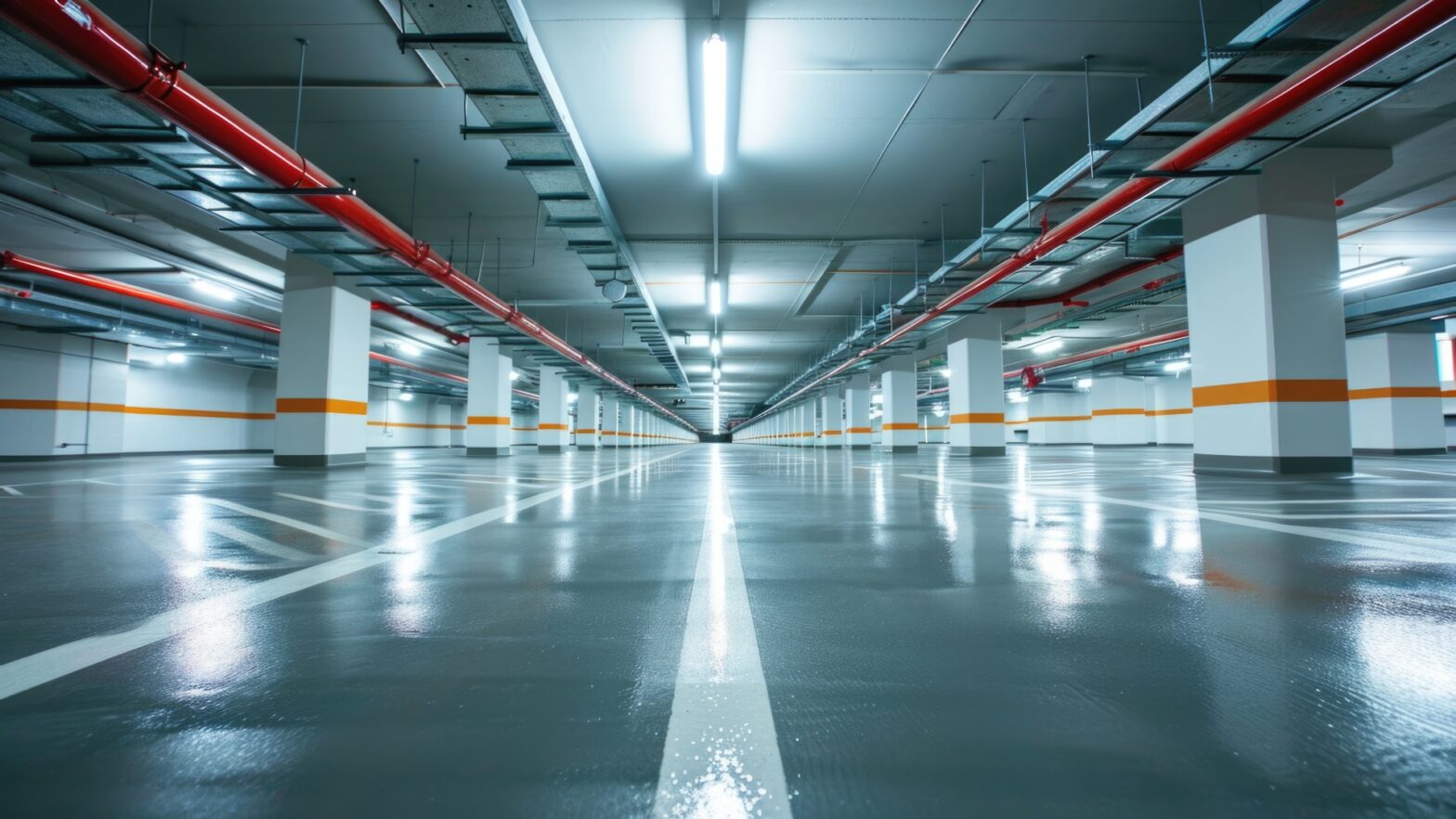When it comes to replacing your roof, there are a lot of decisions that need to be made and potential pitfalls you should avoid. Replacing your roof is an important job, as the condition of your roof greatly affects the overall health and protection of your home.
Unfortunately, mistakes can occur during this process, leading to costly repairs down the road. To help ensure that you have a successful replacement experience, here are six common residential roof replacement mistakes to avoid.
1. Choosing the Wrong Material
Your roof is an investment, so take the time to research and consider all of your available options before making a decision. Consider material costs, local climate, energy efficiency ratings, and more in order to make sure you choose the best material for your home.
Material costs
When it comes to researching the material costs of a residential roof replacement, many homeowners make the mistake of not taking into account all of the factors that can affect their final bill. It is important to consider things such as the cost of labour, transport and disposal fees, local weather and climate conditions, long-term maintenance costs, and more when calculating the total cost of your roof replacement.
Climate
The climate and weather conditions in your area can also have a major impact on the longevity of your roof. Choose materials specifically designed to withstand extreme temperatures, heavy winds, hail storms, and more in order to ensure that your roof lasts as long as possible.
Energy efficiency
When choosing a material for your residential roof replacement, energy efficiency should also be taken into consideration. Look for materials that are designed to reduce energy bills and improve the overall efficiency of your home.
Keep in mind, making the wrong material decision can lead to costly repairs down the road. Therefore, it is important to do your research and choose a material that best meets your needs.
2. Skipping a Professional Roof Inspection
Before you start your roof replacement, it’s important to have a professional roof inspection to ensure that there is no hidden damage. An inspection can reveal existing issues and help you create an accurate budget for your project. By inspecting a roof for hail damage, wet spots, insect damage, and other issues, a professional roofer can help ensure that you get the best roof for your money. Plus, they can help you spot any warranty limitations or subcontractor issues.
Warranty limitations are restrictions or qualifications that are set regarding the coverage of repairs on a roof, and they can vary depending on the product’s manufacturer. With residential roof replacements, any warranties typically only cover the materials used in the job. Most warranties do not cover labour costs or any other issues that may arise from installation problems. Keep in mind, any subcontractor issues can lead to costly repairs down the road. Having a professional roofer inspect your roof beforehand is key to making sure you are aware of any warranty limitations or subcontractor issues that may exist.
3. Not Accounting for Permits and Insurance
If the roof replacement job is extensive enough, you may need permits from local authorities before work can begin. Additionally, check with your insurance provider to make sure that all of the materials used in the project are covered by your policy.
4. Neglecting Underlayment
Underlayment is a crucial part of any roof installation and should not be overlooked or neglected during the process. Make sure to use high-quality underlayment that meets building codes, as this will help keep your home protected from the elements. Not to mention, it will also prevent any potential issues down the road.
Also, make sure to check with your local building codes regarding the type of underlayment that is required for your area. Building codes are sets of regulations or standards that have been established to ensure the safety, health, and welfare of individuals within a given region. Building codes are usually adopted by municipalities or other governmental authorities, sometimes with input from local organizations like homeowners’ associations. Generally speaking, building codes outline the requirements for construction materials, such as the type of lumber, roofing material, and underlayment required in a particular area.
5. Improperly Installing Flashings and Gutters
Installing flashings and gutters incorrectly can lead to future water damage in your home. Make sure that your contractor is well-versed in proper installation techniques to avoid this issue. Keep in mind that if you do not have a professional installer, this is one job best left to the professionals.
6. Not Scheduling Regular Maintenance and Repairs
Once you’ve replaced your roof, it’s important to stay on top of regular maintenance and repairs. Hire a qualified professional to inspect the roof annually for any potential issues and do minor repairs as needed. This will help ensure that your new roof has a long life span.

































